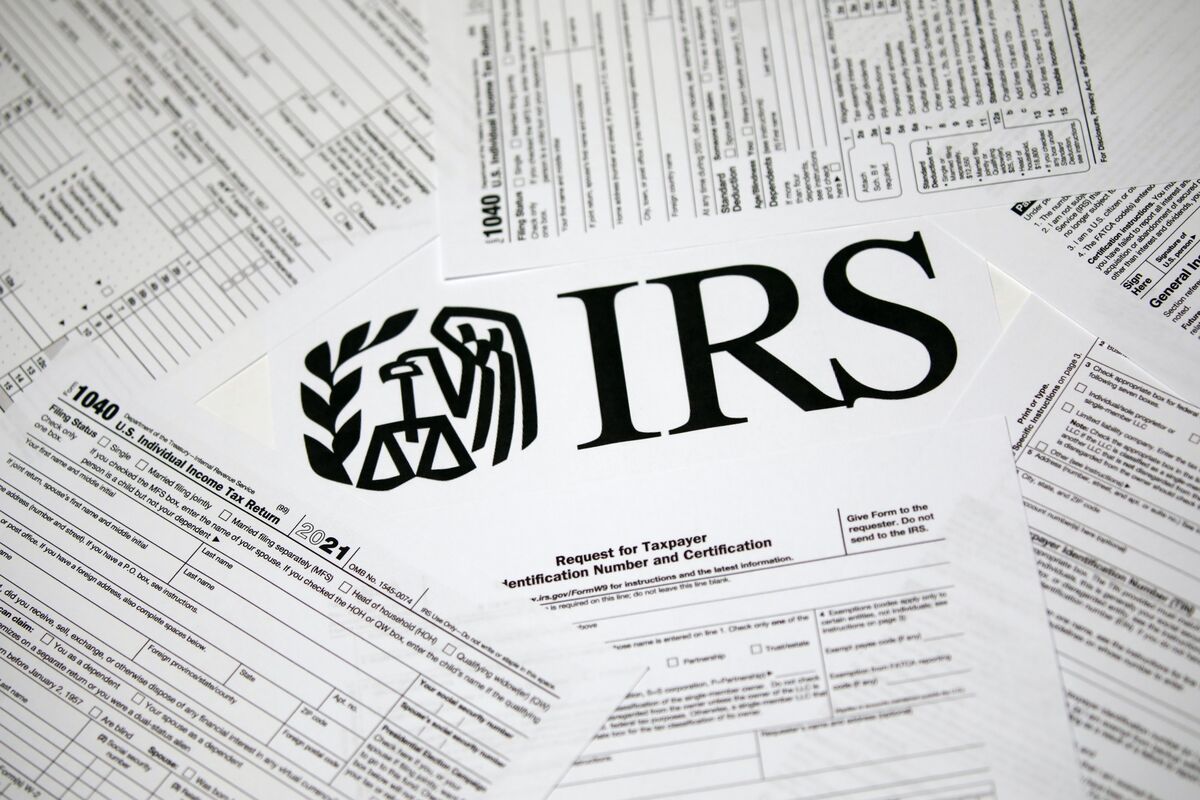Home>Finance>SEC Form D: Definition, What’s Included, And Requirements


Finance
SEC Form D: Definition, What’s Included, And Requirements
Published: January 24, 2024
Learn the definition, included details, and requirements of SEC Form D in the world of finance. Ensure compliance and stay informed.
(Many of the links in this article redirect to a specific reviewed product. Your purchase of these products through affiliate links helps to generate commission for LiveWell, at no extra cost. Learn more)
SEC Form D: Definition, What’s Included, and Requirements
When it comes to the world of finance, there are numerous terms and forms that can seem confusing and overwhelming. One such form is SEC Form D. What exactly is SEC Form D, what does it include, and what are the requirements for filing it? In this blog post, we will demystify SEC Form D and provide you with all the essential information you need to know.
Key Takeaways:
- SEC Form D is a filing that private companies must submit to the Securities and Exchange Commission (SEC) when they sell securities.
- The form includes important details such as the type of securities being sold, the names and addresses of company executives, and any potential conflicts of interest.
So, let’s dive in and explore SEC Form D in more detail.
What is SEC Form D?
SEC Form D is a document that private companies must file with the SEC when they sell securities without an initial public offering (IPO). This form serves as a notice of the company’s intention to sell securities and provides crucial information to investors and regulators.
Now, you might be wondering, what exactly does SEC Form D include? Here’s a breakdown of the main components:
What Does SEC Form D Include?
- Basic Information: The form begins with basic details, such as the name of the issuer, the address of its principal executive offices, and contact information.
- Type of Security: Next, the form requires the issuer to specify the type of security being offered, such as equity, debt, or a convertible instrument.
- Use of Proceeds: Companies must disclose how they plan to use the funds raised through the offering.
- Sales Compensation: If any commissions or other types of sales compensation are involved in the offering, those details must be disclosed in this section.
- Issuer’s Management: The form requires the names and addresses of the company’s executives, directors, and other key management personnel.
- Potential Conflicts of Interest: Companies must disclose any potential conflicts of interest relating to the sale of the securities.
What Are the Requirements for Filing SEC Form D?
Private companies looking to sell securities must adhere to a few important requirements when filing SEC Form D:
- Timeliness: The form must be filed within 15 days after the first sale of securities.
- Accuracy: The information disclosed in the form must be accurate and up-to-date to the best of the issuer’s knowledge.
- Amendments: If there are any material changes to the information provided in the form, companies are required to file an amendment.
- Exemptions: Some securities offerings may be exempt from SEC registration requirements, but companies must still file a Form D.
Conclusion
SEC Form D plays a crucial role in the world of finance, providing transparency and information to investors and regulators regarding the sale of securities by private companies. Understanding what SEC Form D is, what it includes, and the requirements for filing it is vital for anyone involved in the financial industry.
So, the next time you come across SEC Form D, you’ll have a clear understanding of its purpose and significance!














